Reviews
Nicholas Ray
USA, 1950
Credits
Review by Tom Huddleston
Posted on 01 March 2006
Source DVD
Categories The Mystic: The Films of Nicholas Ray
The film draws you in as classic late period noir. Our hero — down at heel screenwriter Dixon Steele — starts a row at a stoplight. He’s ready to back up his words with actions, but the lunk in the other car screeches away as soon as Dix opens his door. We laugh—it’s Bogart the tough guy, suffering no fools. There’s bound to be a heart of gold beating beneath that brittle exterior.
There’s a heart all right, but it’s not gold, it’s mercury: inconsistent, unpredictable and dangerous. Dixon Steele stands as one of Bogart’s wildest rogues, and one of his deepest characters. The layers peel away, and our expectations are repeatedly confounded—is Dix a loveable rebel, a disillusioned, cynical know-it-all, or a cold blooded killer? All three, as it turns out. The film confounds our expectations, too, a real genre bender of the type favoured by Hollywood mavericks in the postwar period; think Out Of The Past, Night Of The Hunter or Ray’s own Johnny Guitar. The increasingly tired clichés of noir are vivified with a splash of romantic comedy here, a touch of melodrama there, and an overall sense of creeping threat throughout.
The core of the film is the romance between Steele and Gloria Grahame as mysterious neighbour Laurel Gray, whose nonconformist nature is signalled from almost her first appearance, lying for Dix in a police interview without a word of prompting. They are two of the most perfectly matched lovers in movies—there are countless ‘straight’ romances whose central couple don’t mesh like these two; every neurosis complemented, every personality flaw accommodated. The dialogue is liquid, fresh and flowing, the actors clearly relishing the uniqueness of their roles. It’s almost frustrating when reality begins to intrude, and as an audience we begin to understand the inevitability of failure: Dix’s violence grows, as does Laurel’s inability to quiet her fears. We don’t want to believe Dix capable of murder, and our complacent familiarity with the Hollywood Ending turns to a genuine desire for satisfactory resolution, for both characters to emerge unscathed and still in love.
It’s to Ray and screenwriter Andrew Solt’s credit that we genuinely don’t know from one minute to the next where to place our loyalties. Dix looks and behaves like the hero, but then he starts to display worrying character traits: a certain cold indifference when informed of the girl’s murder, a lipsmacking fascination with the gory details of her death. Then there’s a scene on the road at night, as Dix confronts yet another perceived roadhog; this time things fly out of control, and the character’s murderous streak is fully revealed. All safety nets are tossed aside, and our sympathies have nowhere to land. In the end the mystery is rather conveniently — even lazily — wrapped up, but it doesn’t matter—we’ve practically forgotten the murdered girl, this is all about Dix and Laurel. The ultimate deterioration of their romance is heartbreaking; we know neither of them will ever find such perfect harmony again.
In A Lonely Place seems a forgotten classic; a forgotten world, almost. Dix and Laurel’s exclusive, insular affair seems like a genuine escape, a place apart from the gradual impingements of harsh reality. The film has mystery and intrigue, humour and wild emotion, all the ingredients of a good noir. But it has something else besides: a terrible, crushing sadness, a sense of tremendous loss for all that was, and all that might have been.
More The Mystic: The Films of Nicholas Ray
-
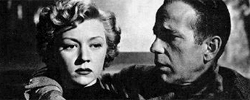
In A Lonely Place
1950 -

They Live By Night
1948 -
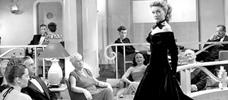
A Woman’s Secret
1949 -
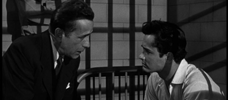
Knock on Any Door
1949 -

Born to Be Bad
1950 -
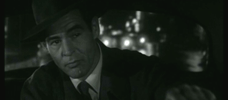
On Dangerous Ground
1952 -
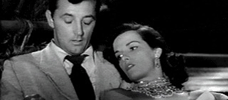
Macao
1952 -
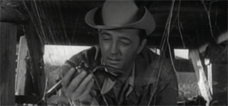
The Lusty Men
1952 -

Johnny Guitar
1954 -
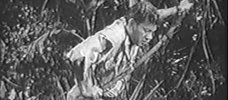
High Green Wall
1954 -
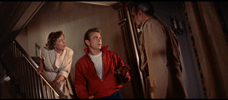
Rebel Without a Cause
1955 -
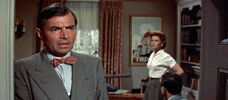
Bigger Than Life
1956 -

Hot Blood
1956 -

The True Story of Jesse James
1957 -
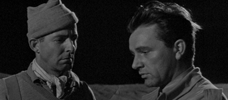
Bitter Victory
1957 -

Party Girl
1958 -

King of Kings
1961 -

55 Days at Peking
1963 -

The Janitor
1974 -
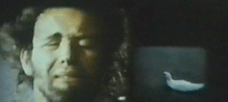
We Can’t Go Home Again
1973-1976 -

Lightning Over Water
1980
We don’t do comments anymore, but you may contact us here or find us on Twitter or Facebook.



